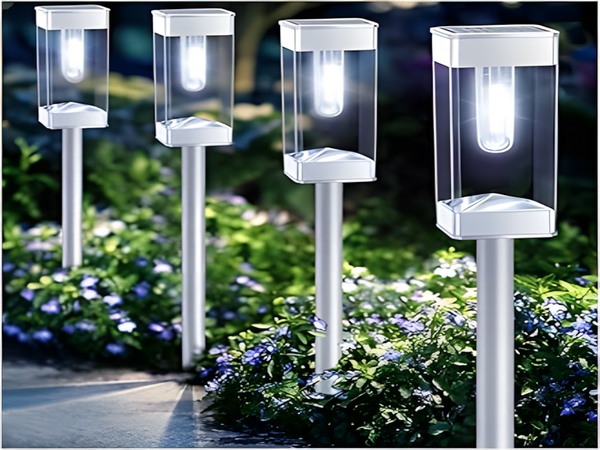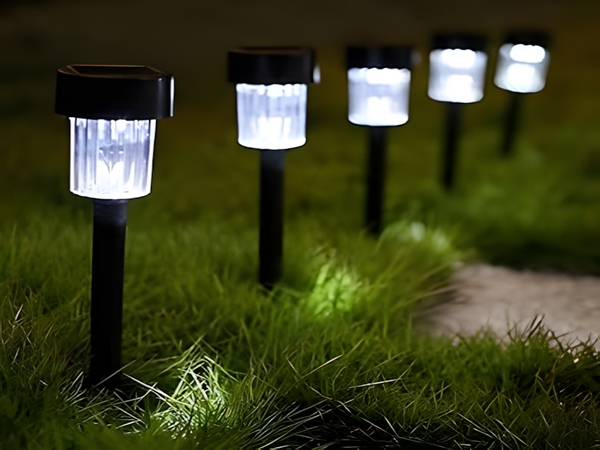
Solar street lights are commonly seen in our daily lives. They mainly utilize solar panels to capture sunlight, facilitating the conversion of light energy into electrical energy to power the light source. If the solar panels are not installed correctly, the desired illumination effect may not be achieved. So, what should be considered when installing solar street light solar panels? Here are some insights.
First, the wire requirements.
It is recommended to use insulated copper wires instead of aluminum wires, as copper has superior conductivity and corrosion resistance compared to aluminum, which is also more prone to fire. Using copper wires is generally more efficient and safer.
Additionally, it is advisable for the wires of different polarities to have different colors to facilitate installation and maintenance. Ensure that connections are secure to avoid increasing contact resistance. Keeping wires as short as possible reduces internal resistance, thus ensuring better working efficiency.
For the insulation wrappings at the joints, it is crucial to consider insulation strength and weather resistance. Moreover, adjustments should be made for the temperature parameters of the wires according to the ambient installation temperature.
Second, identify the positive and negative terminals.

It is essential to clearly understand the positive and negative terminals of the solar panel. During the series electrical connection, the “+” terminal of one component should connect to the “-” terminal of the next component, and the output circuit must connect correctly to the device.
Do not confuse the polarities, as doing so may prevent the solar panel from charging. In such cases, the controller’s indicator light will not illuminate. In severe cases, it may burn out diodes, affecting the lifespan of the solar panel. Also, avoid wearing metallic jewelry during installation to prevent the positive and negative terminals from contacting any metal, which could lead to short circuits, fires, or explosions.
Third, the orientation of the solar panel.
To ensure efficient charging of solar street lights, the solar panels must receive ample sunlight to maximize power generation during the day. The ideal orientation is due south, as this direction generally receives the highest solar intensity in the region.
However, if due to environmental or construction constraints this orientation is not possible, do not be overly concerned. A deviation of ±20° from true south generally will not have significant adverse effects. It is best to ensure the solar panels receive sunlight from 9 AM to 4 PM.
If satisfactory sunlight cannot be achieved, consider increasing the power of the solar panels to compensate.
Fourth, the tilt angle of the solar panel.
Besides the orientation, the tilt angle of the solar panels during installation is another critical factor that depends primarily on the local latitude. Generally, the farther north you go, the larger the angle; conversely, the farther south, the smaller the angle.

Typically, for latitudes ranging from 0° to 25°, the tilt angle should match the latitude. For latitudes of 26° to 40°, add 5° to 12° to the latitude. For latitudes of 41° to 55°, the tilt angle should increase by 10° to 15°. If the latitude is above 55°, adding 15° to 22° is more suitable.
Fifth, install lightning protection devices.
When installing the solar panels, it is also crucial to include lightning protection, especially in cities prone to thunderstorms. Nearby lightning strikes can easily cause overvoltage and overcurrent, damaging the solar panel.
Typically, a specialized SPD (Surge Protective Device) for photovoltaic systems is installed in the DC distribution cabinet (combiner box), and ensure proper grounding and lightning protection for the solar panels, as solar street lights have generally managed this well.
Sixth, maintenance after installation.
To ensure the long-term efficiency of the solar panels, regular maintenance after installation is essential. Avoid allowing dirt and stains to accumulate on the panels and frequently wipe the surfaces with a soft cloth. Do not touch the cable or moving parts directly with your hands. If necessary, use appropriate safety equipment.
In summary, the important considerations for installing solar street light solar panels include ensuring the installation location is free of trees or shade that could obstruct sunlight, thereby affecting energy generation. The solar panels rely on sunlight to generate electricity, so the angle and direction of installation are vital; if sunlight does not directly reach the panels, it will significantly impact their power generation efficiency.



